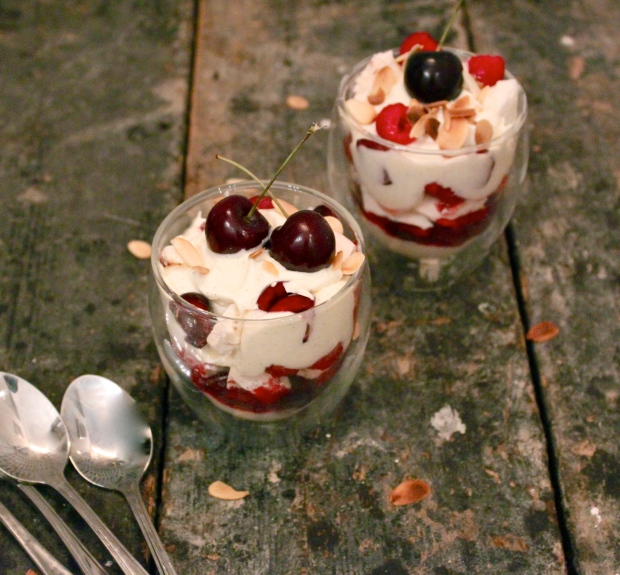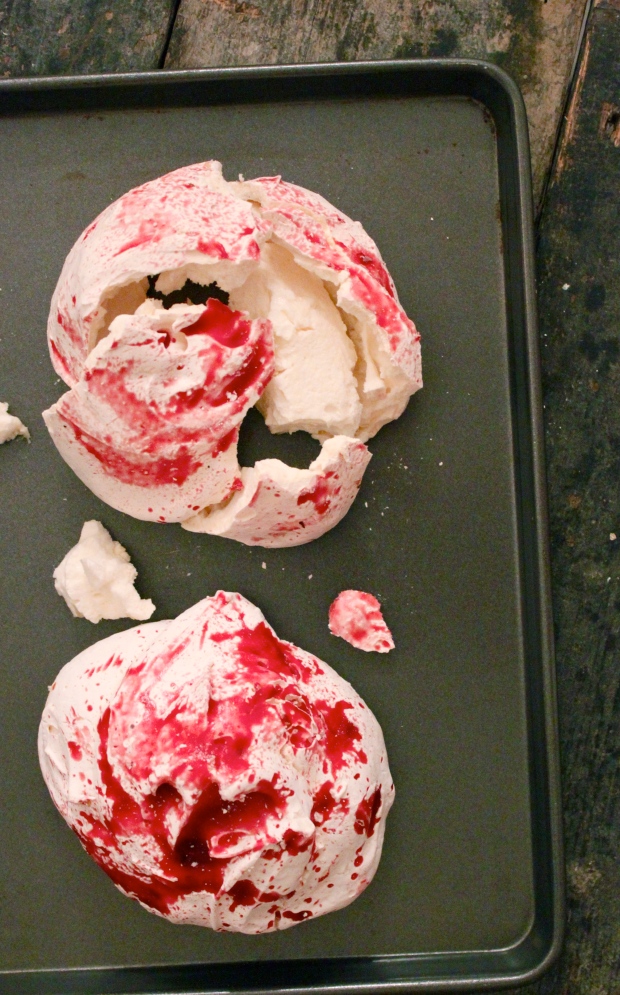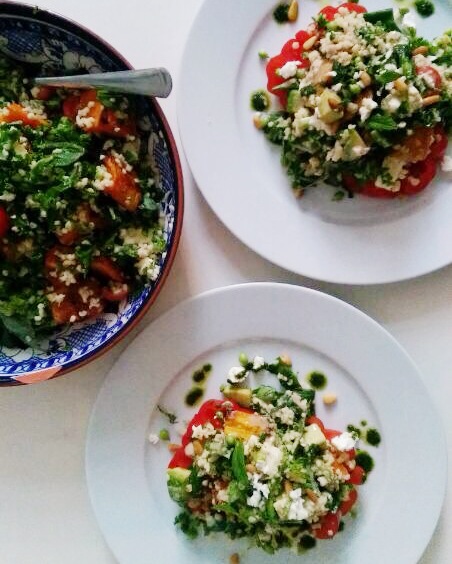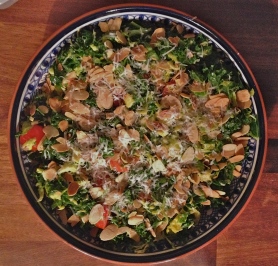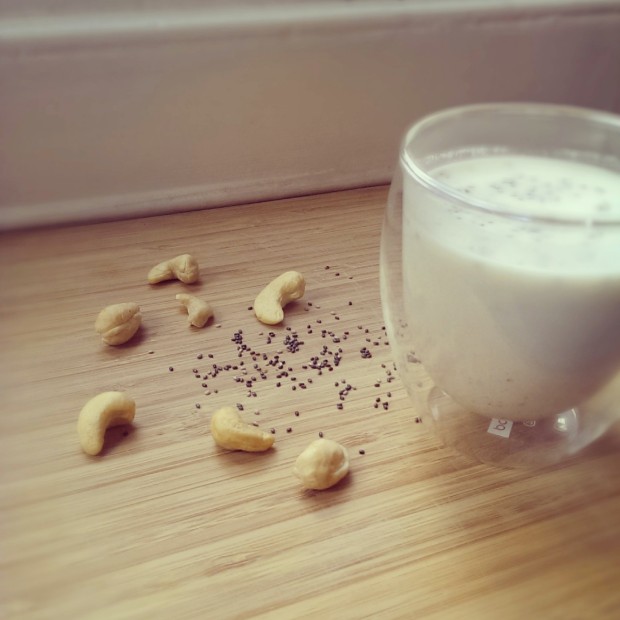I kind of have a thing for granola…and therefore granola bars. Unfortunately, granola bars are one of those snacks that don’t often receive great marks for health. Majority of those store-bought or packaged bars contain a lot of refined, processed sugar and they don’t actually fill you up. Half the time you don’t actually know what’s inside of them. These bars however, are different. I developed this recipe a couple of month’s ago for the Waitrose Kitchen magazine in the UK and they were very well received. There is something to be said for knowing what goes into your food, especially something that you may need pre or post workout for that extra boost of energy. Made with natural binding agents like medjool dates and almond butter, these bars are packed with protein and carbohydrates that will fuel you through the day. They do contain sugar, but naturally through the dried fruit and honey so your body processes it slower. Easy to prepare and packed with nutritious ingredients, these really are the perfect bar for a hearty snack because they keep you full for hours and don’t provide a sugar overload. Plus, they pack in plenty of healthy fats from the nuts and lots of fiber from the oats. You can easily substitute a different nut butter or variety of nuts and seeds within the bars, just be sure to keep the quantities the same. Keep stored in a container in the fridge for as long as they will last… I promise it won’t be long!
Almond Butter Energy Bars
Makes 12 large bars or 24 small bars
Prepare 15 minutes, plus chilling
Cook 20 minutes
250 g (2.5cups) Rolled Oats ( I like to use quick porridge oats, large flakes are too big!)
40 g (2/3 cup) Desiccated coconut
40 g (1/2 cup) Sliced Almonds
40 g (1/2 cup) Pumpkin seeds
150 g (approx. 5 or 6) Pitted medjool dates
50 g (approx. 3) Prunes
85 g (1/4 cup) Honey
100 g (roughly 1/2 cup) Meridian Crunchy Almond Butter
1 tbsp Coconut Oil
3 tbsp Water
1 ½ tsp Ground Cinnamon
Pinch of Salt
Method
- Preheat the oven to 165C. Line a tray with parchment paper. Combine oats, coconut, seeds and nuts. Toast for 20 minutes, tossing occasionally until golden brown
- Meanwhile, in a food processor combine the dates and prunes and blitz until a smooth paste has formed. Add to the honey, almond butter, coconut oil, cinnamon, salt and water in a small saucepan. Place over medium heat and stir until combined.

- In a large bowl combine the oat mixture with nut butter mixture and stir until it has come together.
- Place mixture into a 9 “ square or rectangular mould lined with parchment paper, ensuring the surface is flat and even. Refrigerate until the mixture is firm and cool, 15-20 minutes. Slice into bars.

*If your dates don’t feel sticky and moist, soak them in water for 10 minutes then drain before processing. This will ultimately help hold the bars together better.













